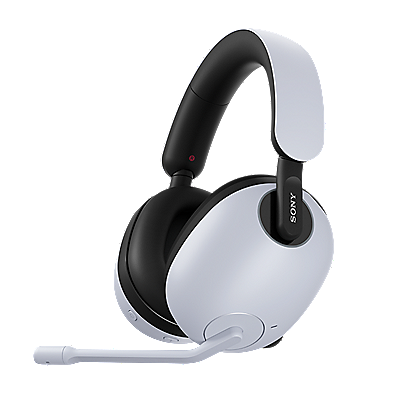How to manually delete temporary files that are not deleted by the Disk Cleanup Utility in Windows 8 and 8.1.
Follow this procedure to manually delete temporary files that are not deleted by the Disk Cleanup Utility.
WARNING: There is a risk of data loss. To avoid the unintended loss of data, check the contents of any designated folders before selecting them for cleanup.
NOTE: Files found in temporary directories are files that are temporarily created, stored and used by an application or the operating system to run more quickly or efficiently. It is normally safe to delete these temporary files.
- Configure the operating system to display all hidden files and folders .
- Open the File Explorer.
NOTE: There are four different methods you can use to access the File Explorer:
- Press the Windows Logo + E key combination.
- Press the Windows Logo + X key combination, and then click File Explorer.
- In the new Windows User Interface (UI) Start screen, point to (but do not click) the lower-right or top-right corner of the screen, and in the Search field, type File Explorer and then press the Enter key.
- In the new Windows User Interface (UI) Start screen, click the Desktop tile, and on the Taskbar, click the File Explorer icon.
- In the File Explorer window, double-click Local Disk (C:).
- In the Local Disk (C:) window, double-click the Windows folder.
- In the Windows window, double-click the Temp folder.
- In the Temp window, on the menu bar, click Edit.
- On the Edit menu, click Select All.
NOTE: The entire content of the Temp folder will now be highlighted.
- On the keyboard, press the Delete key.
- In the Delete Multiple Items window, click the Yes button.
NOTE: If an Access Denied folder is displayed, click Continue, and when prompted for an administrator password or a User Account Control prompt is displayed, type the appropriate password, click Continue or click Yes.
- In the Temp window, click the X in the upper-right corner to close the window.





















